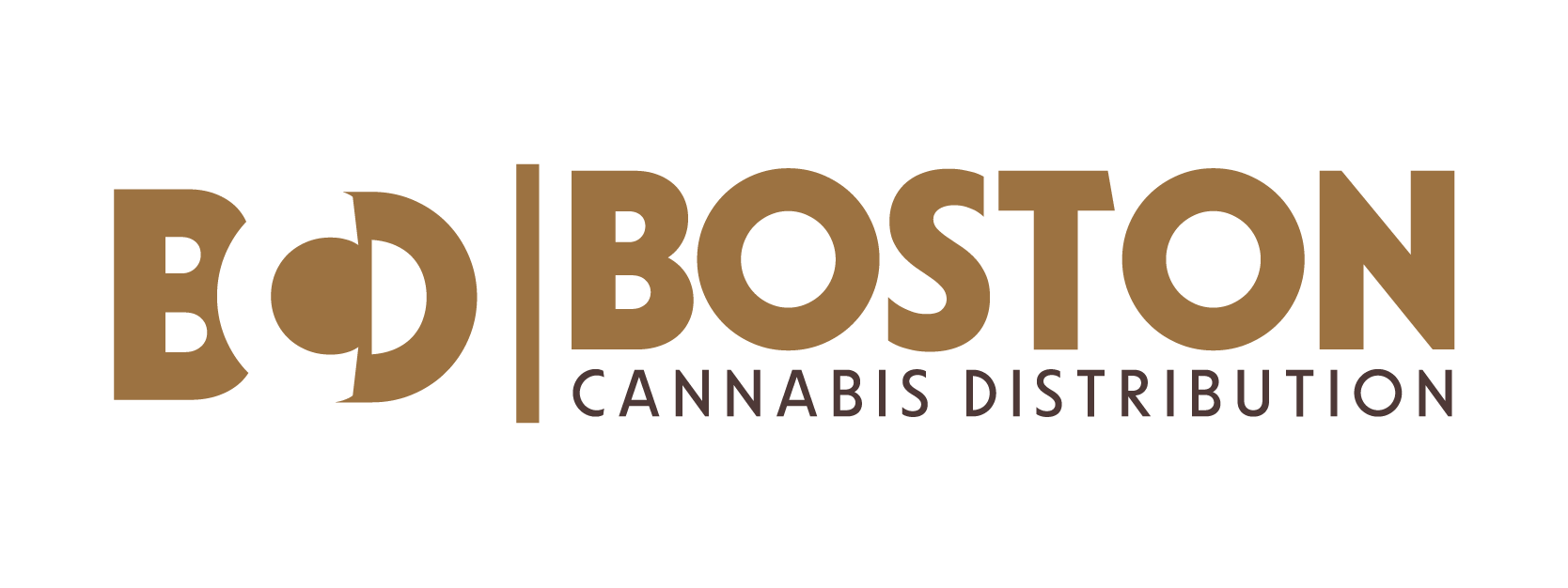Boston’s cannabis distribution ecosystem stands at a critical juncture. In 2024, Massachusetts posted a record $1.64 billion in statewide marijuana sales, reflecting a strong and expanding market. But beneath the headline success, supply and pricing pressures are reshaping distribution dynamics.
Wholesale flower prices have plummeted over the past six years—from approximately $14/gram in 2018 to just $5.36/gram in April 2024—a 62% plunge. This drop largely stems from a proliferation of licensed cultivators feeding the market. Although lower prices entice occasional consumers, they also compress margins for distributors, forcing many to rethink their business models.
Boston-based trade groups, such as the Massachusetts Cannabis Coalition, warn of consequences. “Prices going down, supply going up… operating costs are going up while the prices are going down,” a spokesperson explained. “It’s just leading us to a very bad situation for the whole industry.” That tension is manifesting in operations: around 30 cannabis licensees closed in 2024—double the prior year—even as about 650 remain active.
Forecasts Point to Stabilized Growth With Continued Pressure
Despite distribution challenges, New England and national analytics paint a cautiously optimistic picture. Disposable cannabis volumes continue ascending: in Massachusetts alone, May 2025 sales reached $138.6 million, with a 4.8% month-on-month increase and only a slight 0.1% year-on-year dip. Notably, unit sales rose 16.9% year-over-year—a sign of sustained consumer demand even as prices soften.
Parallel nationwide data is encouraging. The U.S. legal cannabis sector is projected to hit nearly $45 billion in 2025, building on cannabis-driven contributions of over $115 billion to the U.S. economy in 2024. Meanwhile, global expansion in edibles—from $14.8 billion in 2025 to $54 billion by 2034 at a 15.9% CAGR—underlines a shift in consumption that distributors must adapt to.
Boston Distributors: Strategic Responses Ahead
For Boston-area distributors, the path forward lies in innovation and strategic recalibration:
- Diversify product portfolios: Focus more on high-margin segments like edibles, concentrates, and premium flower to counterbalance falling commodity prices.
- Invest in logistics tech: As retail POS systems proliferate to manage compliance and inventory complexity, distributors can streamline operations by integrating with these platforms.
- Scale thoughtfully: Some advocate for licensing moratoriums—a strategy Vermont implemented—to stabilize supply before scaling distribution networks.
- Advocate policy tweaks: The state’s 1‑ounce sales cap may be limiting larger purchases; higher thresholds could ease inventory turnovers and improve distributor margins.
Growth, but Not Without Growing Pains
Boston’s cannabis distribution industry will likely continue growing over the next decade—in sync with national and global trends—while contending with margin pressures and supply saturation. Sales volume remains resilient, but local distributors must embrace diversification, tech integration, and policy engagement to thrive. Unchecked oversupply may strain margins further; smart scale management and focus on newer categories—edibles, concentrates, and premium products—will determine who prospers. The future appears stable yet demanding: this is a distribution market in transformation, not contraction.

